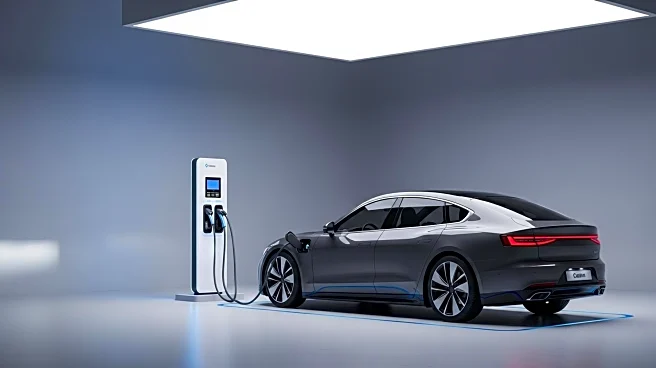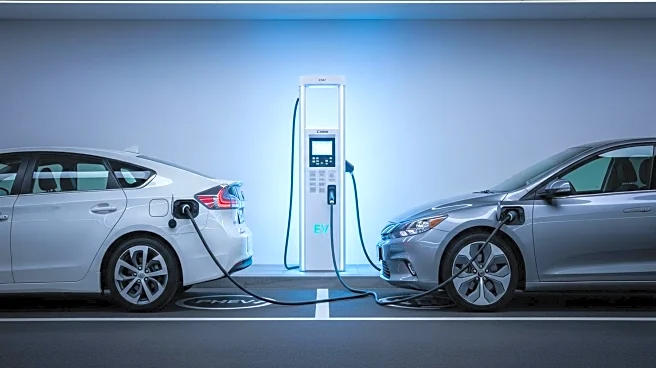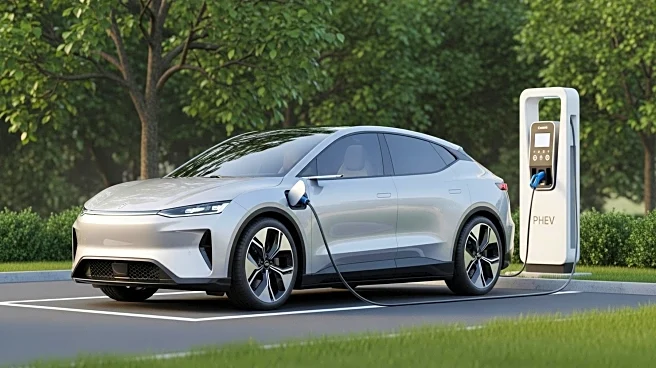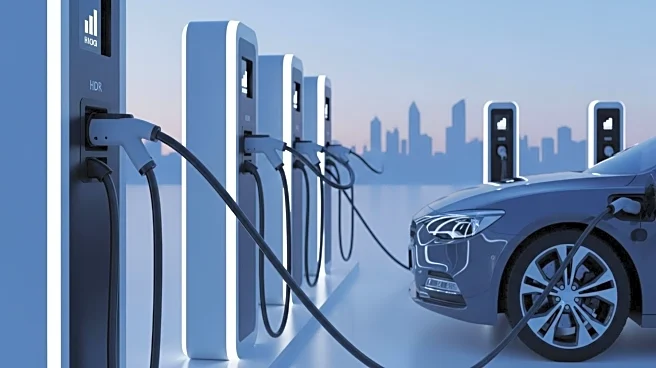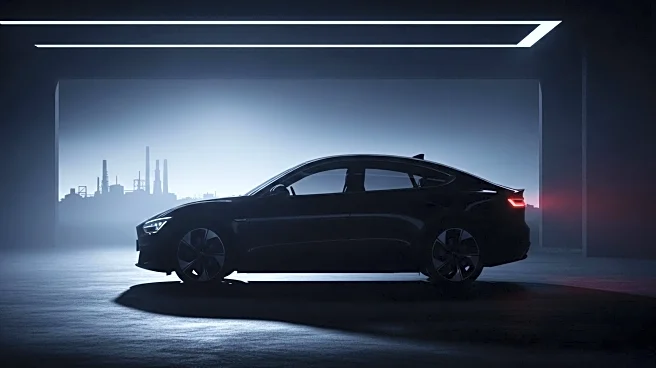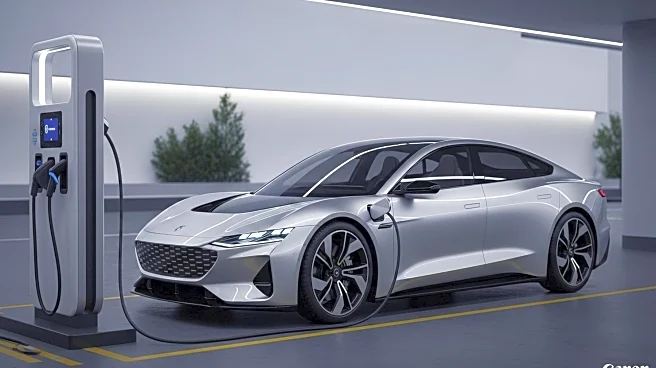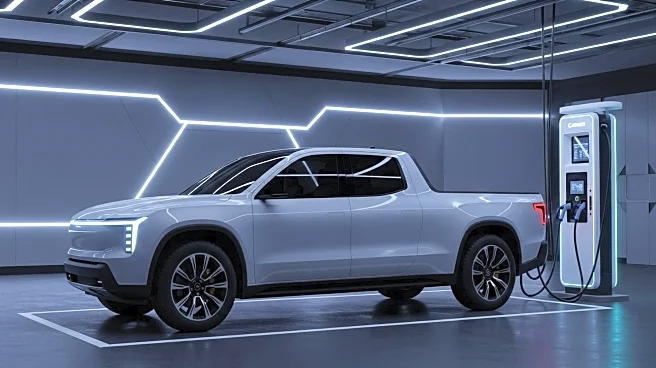What's Happening?
The ongoing debate on whether to include PHEVs (plugin hybrid electric vehicles) in EV (electric vehicle) sales reports continues to stir discussions. Some argue that PHEVs should be considered part of the transition to BEVs (battery electric vehicles), as they fill gaps in rural areas where charging infrastructure is limited. Norway's experience shows that as BEV sales increase, PHEV sales decline, indicating a shift towards fully electric vehicles. The debate reflects broader challenges in transitioning from ICEVs (internal combustion engine vehicles) to BEVs, with varying adoption rates across countries.
Why It's Important?
Including PHEVs in EV sales reports provides a more comprehensive view of the transition to electric vehicles, highlighting the role of hybrid technology in bridging gaps in infrastructure and consumer acceptance. This approach can influence policy decisions and industry strategies, as it underscores the need for robust charging networks and consumer education. The debate also reflects the complexities of transitioning to sustainable transportation, with implications for automakers, energy providers, and policymakers. Understanding the dynamics of PHEV and BEV sales can guide efforts to accelerate the shift towards cleaner transportation solutions.
Beyond the Headlines
The discussion on PHEVs versus BEVs raises ethical and strategic questions about the best path to achieving sustainable transportation. It challenges stakeholders to consider the balance between immediate practical solutions and long-term environmental goals. The debate also highlights cultural and economic factors influencing consumer choices, as well as the role of government incentives and infrastructure development in shaping the future of transportation.

